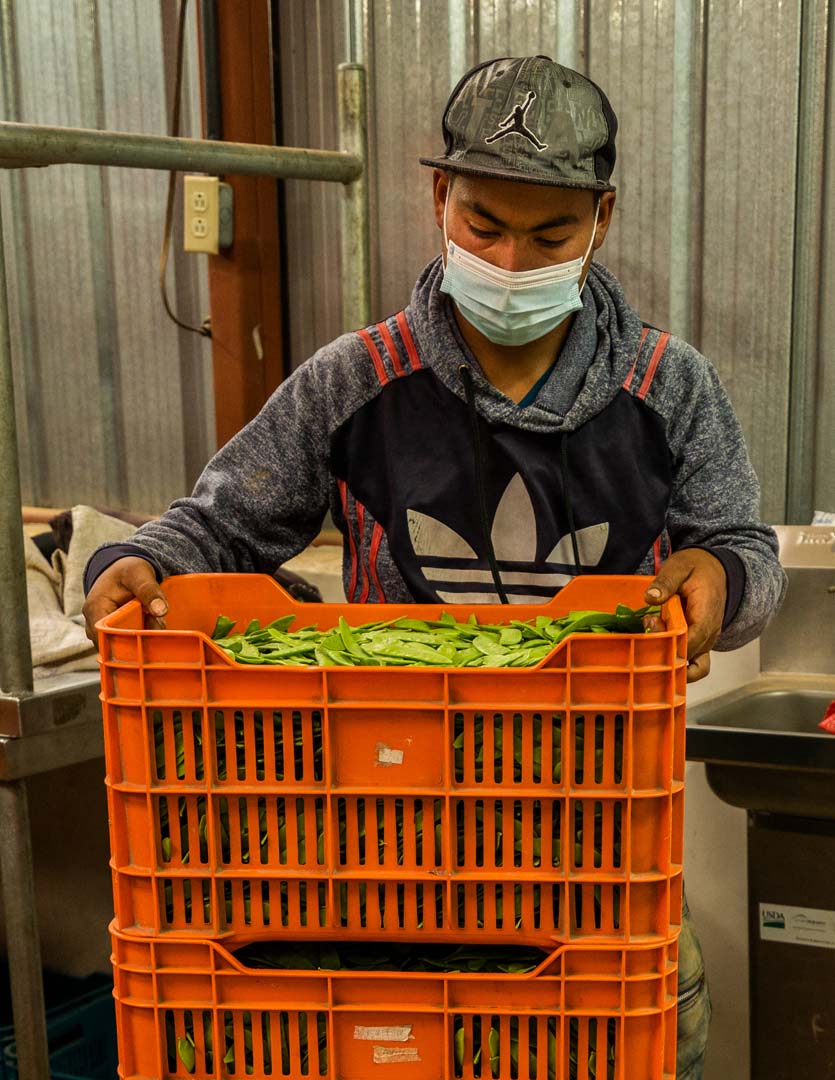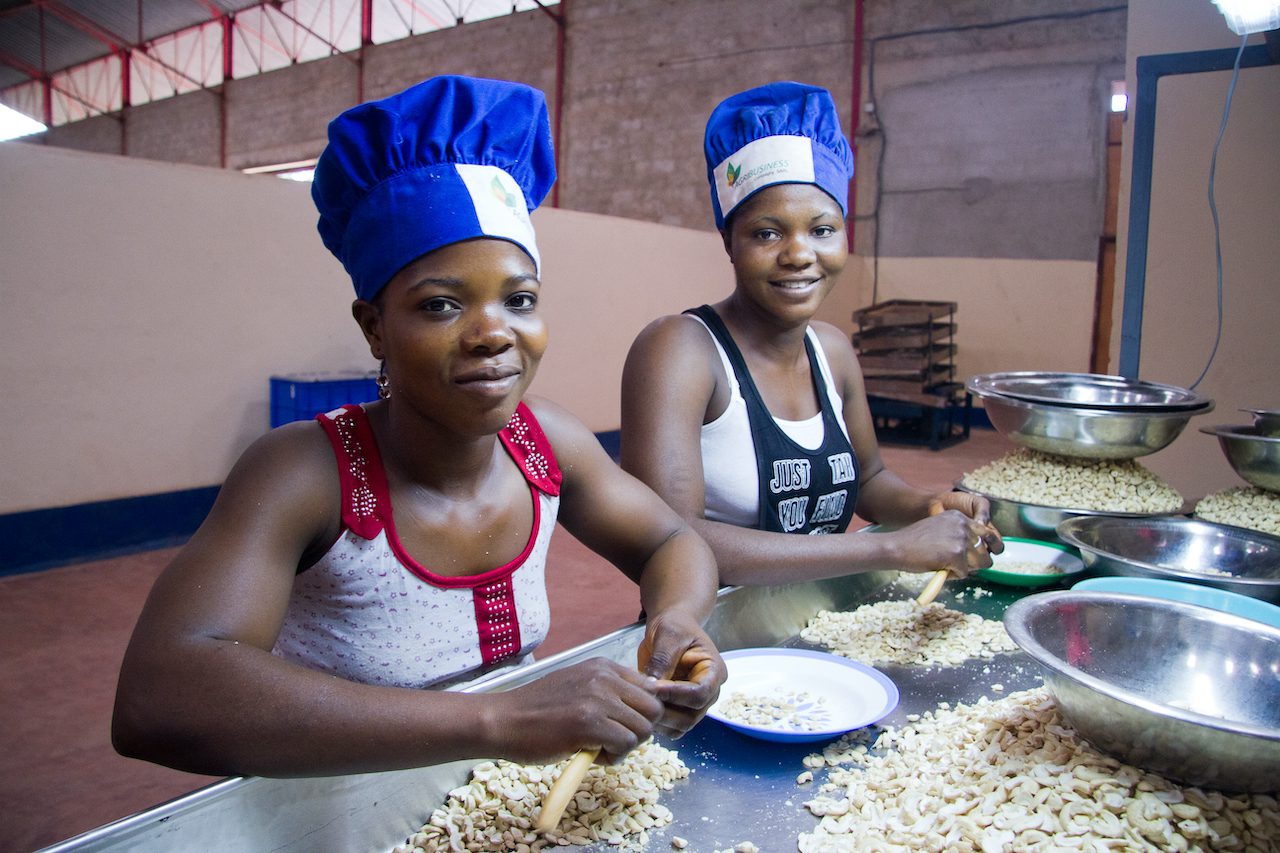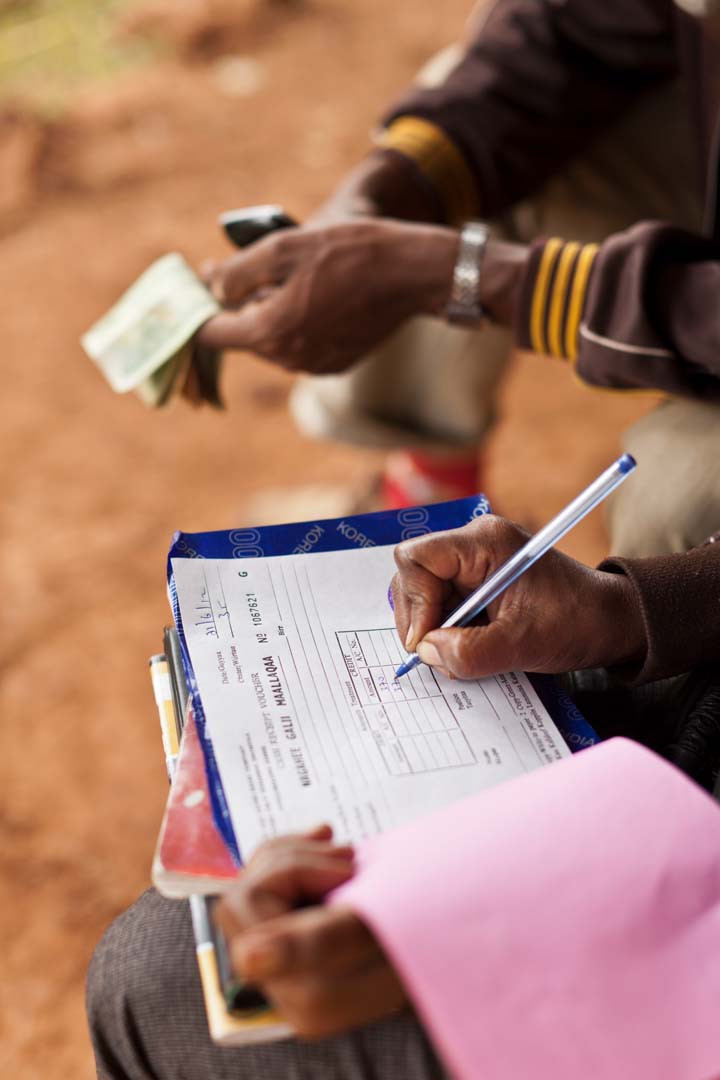Introduction
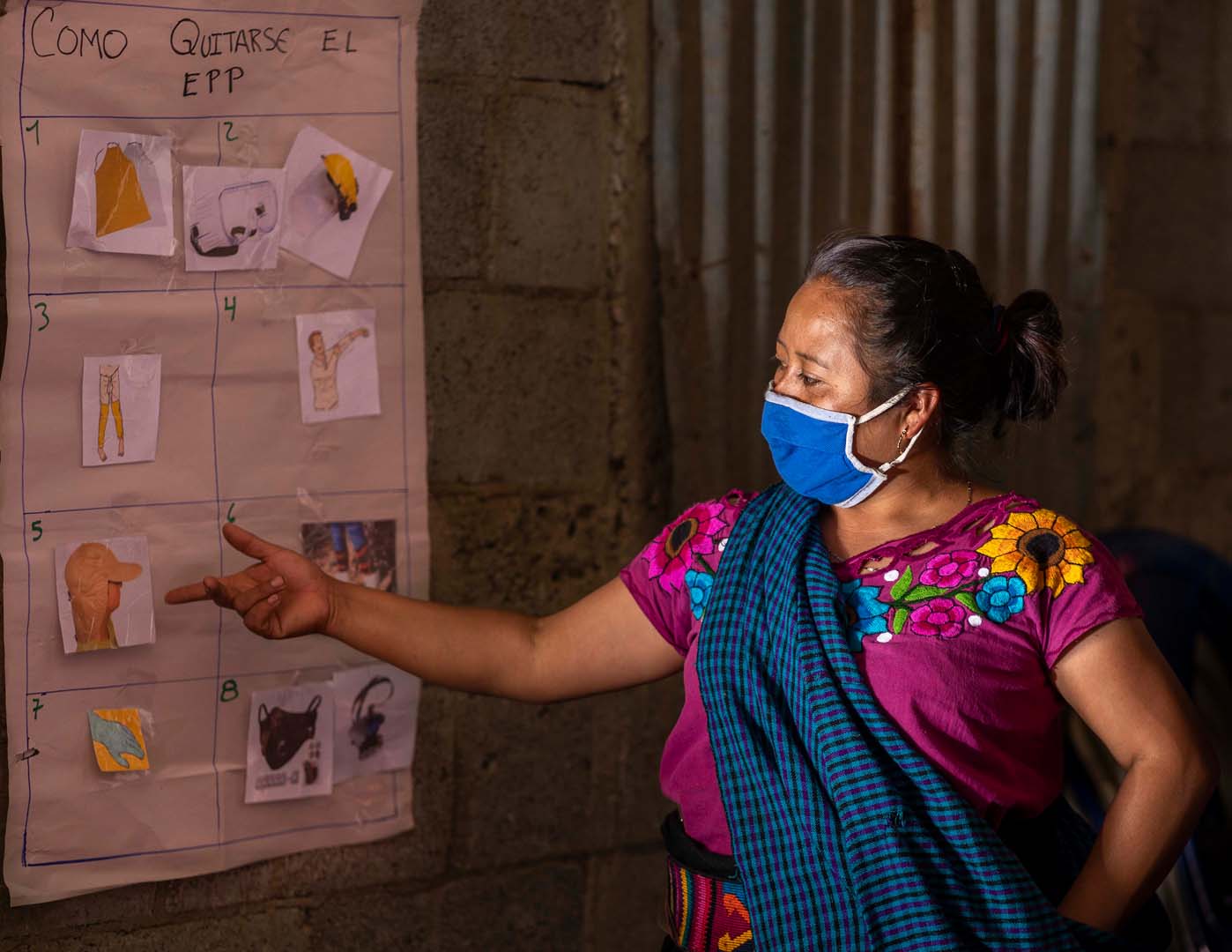
How has the COVID-19 pandemic affected key sectors of emerging economies—and the millions of people whose livelihoods depend on them?
What are the greatest challenges in these sectors? And how can people working in these sectors rebuild their incomes and their countries’ economies?
TechnoServe has worked on these questions for the past year, carrying out roughly 100 projects in 28 countries worldwide.
We were working in these places before the world changed suddenly in March 2020. And after the COVID-19 pandemic hit, we accelerated our efforts to support people fighting to forge a path out of poverty—and to provide rare firsthand survey information that could improve the development community’s response. With approaches adapted to meet public health standards, TechnoServe worked with hundreds of thousands of small-scale farmers and business owners to successfully navigate some of the most challenging economic times they had ever experienced.
At the same time, TechnoServe conducted systematic surveys with these women and men working in key economic sectors across Africa, Latin America, and India. This data provided on-the-ground insight into the experiences and challenges of the millions of people in developing countries struggling to overcome the financial blow of the pandemic.
As we pass the one-year mark of the pandemic, TechnoServe has combined its full survey data across sectors and countries with a year’s worth of programmatic insights. This report shines an analytical light on the most pressing problems facing small-scale producers in emerging nations—and the promising solutions that can help them power their country’s larger economic recoveries.
We focus on three key, interrelated sectors in many emerging markets:
- Commercial Agriculture – The sector is a critical component of the fight against poverty, with nearly two-thirds of the world’s poor relying on agriculture for their income.
- Food Processing – An important link in the agricultural supply chain, smallholder farmers depend on them as a market for crops, and consumers rely on them for safe, nutritious food.
- Small Businesses – Enterprises of under 50 employees provide 74% of all jobs in Latin America and the Caribbean and more than 90% of all jobs in India and Sub-Saharan Africa. They also sell food directly to millions of consumers, often in underserved communities.
Within these sectors, we analyze the three areas that caused the greatest disruptions to operations in small enterprise and agriculture:
- Markets – which changed or shrank almost overnight
- Supplies – which became more difficult and expensive to obtain
- Finance – which became less accessible as it was needed more
Effectively addressing the pandemic’s continuing impact on the developing world means first understanding its lessons from 2020. We now understand how—and how much—this crisis can upend the lives and livelihoods of millions of the world’s most hardworking and vulnerable people. But even more importantly, we also now understand some of the most promising ways they can emerge from this crisis even stronger.
Main Challenges Across Sectors
Inadequate access to markets, supplies, and finance created challenges within each sector of emerging economies. But across sectors, these problems highlight the broader and interconnected issues that entire economies face. Below, we illustrate how these challenges played out and magnified each other in many developing countries over the last year.
We also note how these challenges revealed gender imbalances across sectors and geographies. Underlying inequalities in assets, household responsibilities, time use, and mobility made it harder for many women to withstand the financial impact of the COVID-19 crisis. Any support efforts in the developing world must therefore proactively address these factors, if women are to have an equal opportunity to succeed.



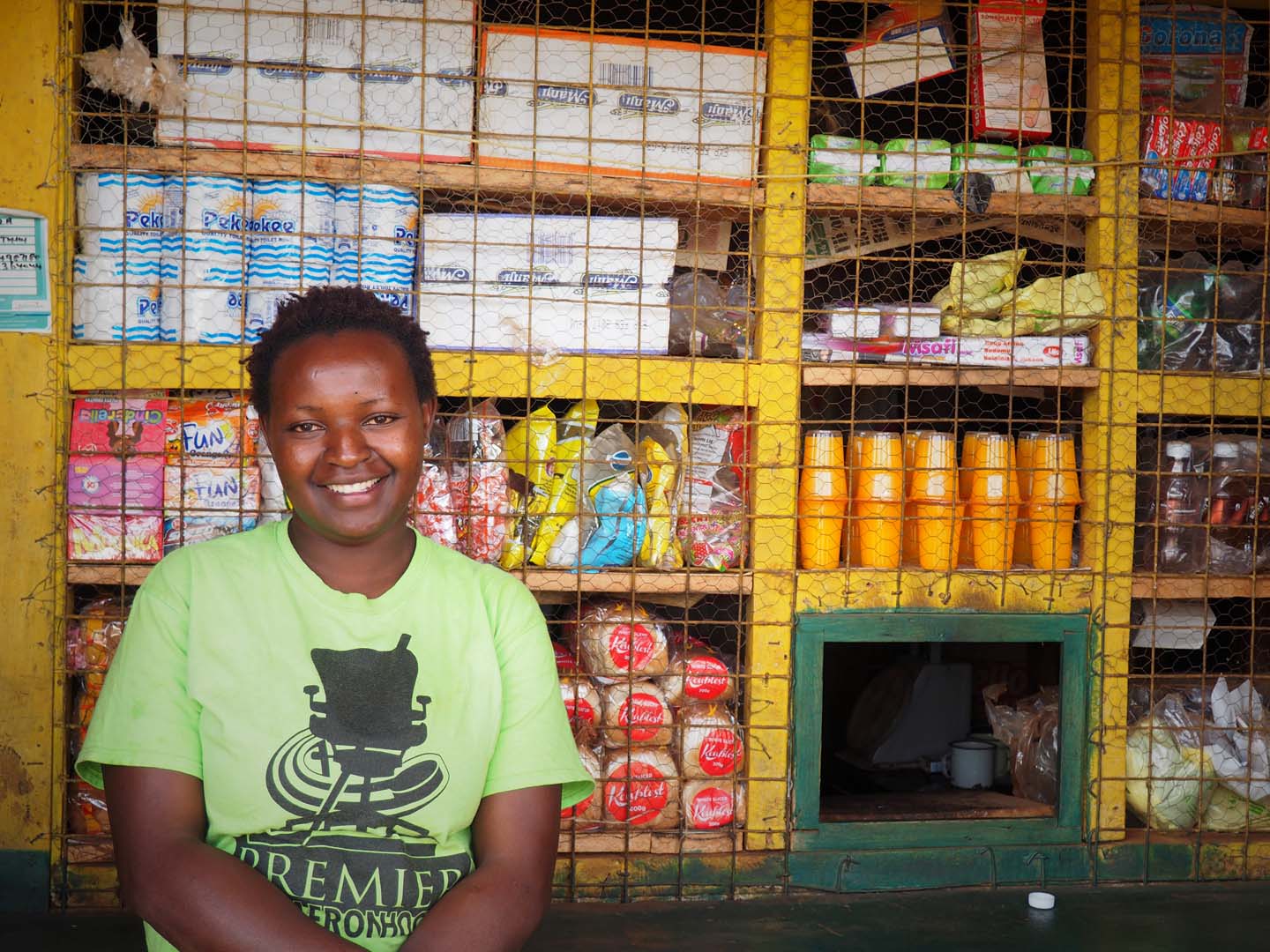
 Among farmers and small business owners surveyed by TechnoServe last year, women consistently reported greater challenges with markets and sales—a difference ranging from one to seven percentage points in each monthly survey. Since more women tend to be small-scale traders, they were disproportionately affected by travel restrictions and other health-related shutdowns.
Among farmers and small business owners surveyed by TechnoServe last year, women consistently reported greater challenges with markets and sales—a difference ranging from one to seven percentage points in each monthly survey. Since more women tend to be small-scale traders, they were disproportionately affected by travel restrictions and other health-related shutdowns.